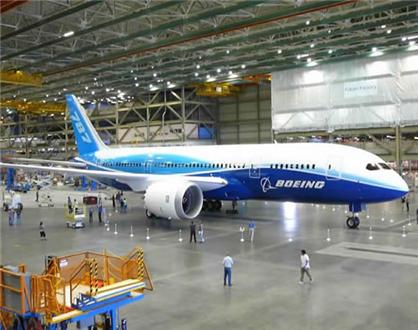We are only a few weeks into the Trump administration, and
already we have seen the birth of the resistance. The Women's March on
Washington drew the largest collective nationwide protest in modern American
history. Spontaneous protests broke out at airports around the country
when Trump issued an executive order banning Muslim refugees and immigrants
from seven countries from entering the United States.
Earlier this week, national Right to Work Fire
legislation was introduced by Iowa congressman Steve King. While this
stands little chance of overcoming a Democratic filibuster in the Senate, it
highlights the fact that collective bargaining rights have been on a losing
streak in recent years. In the last five years alone, six states have
enacted Right to Work legislation, bringing the total number of states with
open shop laws to twenty eight. The AFL-CIO has held public rallies at
the respective statehouses, op-eds have been penned, in some cases, court
challenges have been filed. However, in every state after losing the
battle, it seems that the house of labor folds like a house of cards.
With private sector union density dropping to 6.4% in 2016,
one starts to wonder when the AFL-CIO will find that the time is right to
abandon the strategy of placing all our eggs in the Democratic Party basket.
If we look back at the biggest victories in American labor history, they
are social, not political. I recently asked a few friends in the labor movement
their thoughts on the current state of labor. There were a few points
made that really resonated with me. Chris Townsend, retired national
political director of the UE, who is now the Field Mobilization Director of the
ATU, assessed the current state of the labor movement this way: "Most
of the unions are paralyzed, owing to their conservative political
approach and combined with the fact that major sections of union
membership voted for Trump."
This has been evidenced recently by a meeting, which was
reported
by the New York Times between leadership of the North America's
Building Trades Unions and President Trump. It is almost unfathomable
that the leader of a labor organization would say of a president who has said
he supports right to work 100%, "We have a common bond with the
President...he understands the value of driving development, moving people to
the middle class."
The hard truth, as a union organizer that I know pointed
out, is that a lot of rank and file members voted for Trump. This was
based on a variety of issues, but the underlying problem for union leadership
is the struggle many members face when they weigh supporting labor endorsed
candidates with whom they have moral disagreements on everything from guns to
abortion. It would seem that the Wobbly approach of non-political
involvement in favor of direct action might be due for another look.
Back to my original point of how all of this plays into the
current situation with the Trump administration, I would like to offer the
following observation as a warning: when unions become more of a
political organization than a collective of workers, they inevitably become a
political enemy of one side or the other. When the opposite side finds
themselves in power, as is the case now, labor runs the risk of becoming a
political casualty. The question is, will they realize it and change
course in time?
In Solidarity,
Joseph Riedel

